The following piece contains spoilers for the first hour of Marvel’s Spider-Man 2, as well as the opening to other first-party PlayStation games like The Last of Us, God of War, and Ghost of Tsushima.
The opening hour of Marvel’s Spider-Man 2 is a fantastic and mesmerizing jugging act of spectacle, character, tutorial, and technical wizardry in a way that’s somehow become expected from so many of Sony’s first-party PlayStation games. And though I haven’t rolled credits on the story yet, the first mission is an overwhelmingly impressive reintroduction to this version of New York City and its Spider-Men.
From a pure storytelling level, I love how we’re immediately given the tension that both Peter Parker and Miles Morales struggle with on a daily basis in terms of balancing their personal lives with their extracurricular activities. Miles is just trying to finish high school, get into a good college, and figure out what the hell he wants to do with his life, while Peter is drowning in debt and trying to pay the bills as a new teacher at Miles’ school. Right here we see how the Spider-Men spend so much of their time helping others, that they neglect to carve out the space to help themselves with their very real and grounded problems.
The initial wrench in the opening of Marvel’s Spider-Man 2 comes in when both of them have to awkwardly abandon the classroom as ribbons of sand begin to blow in through the windows. Flint Marko, aka Sandman, is smashing through Manhattan, and it’s up to our heroes to figure out a way to stop the colossal menace.
It’s smart of the game to hand us control right outside of Miles’ school, Brooklyn Visions Academy. Not only is it an important place we’ll be revisiting throughout the campaign, but it highlights that Spider-Man 2 has expanded its map with the addition of both Queens and Brooklyn alongside Manhattan. Though their buildings might not scrape as much sky as those in Midtown, they bring their own unique flavors to the world, and really feel like a place that people would actually live in.
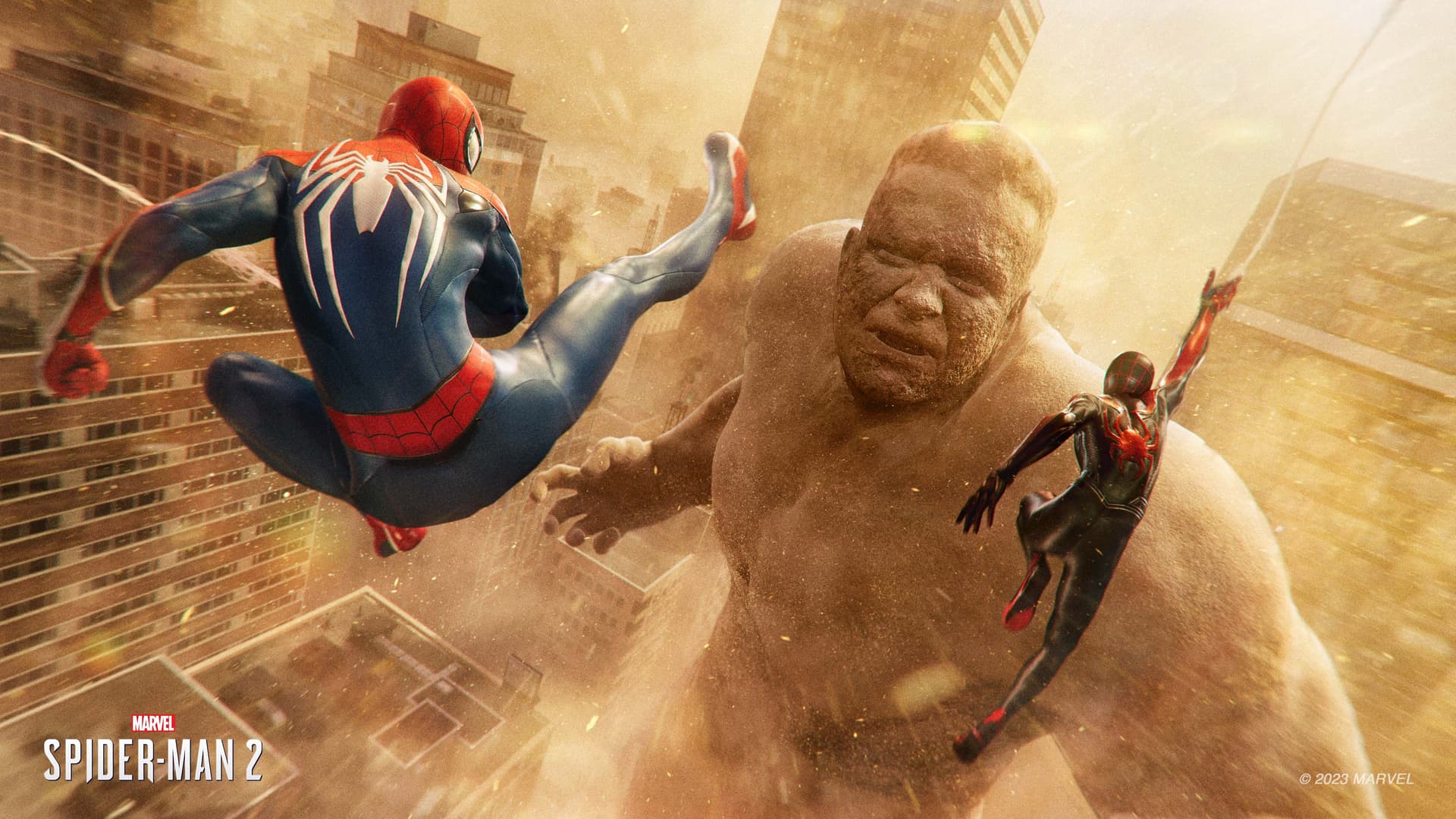
Getting to Sandman means crossing the East River, and in comes the introduction of Spider-Man 2’s new additions to the original’s fantastic swinging mechanic. There are a lot more tools at our disposal to keep our feet off the ground and the momentum maintained, including a skid across water, easier horizontal boosts when there aren’t any tall structures around, and of course, the Webs, which marry the excellent swinging with some Superman-esque flying and gliding. For the past decade since the criminally-underrated Sunset Overdrive, Insomniac has consistently made the best-feeling traversal systems in any AAA games, and this one is no exception.
Once we’re in Manhattan, the team flexes its technical muscles and shows just how much wizardry it’s able to achieve with the PS5. The battle is a duet that bounces between Miles and Peter, really highlighting the way the two of them have become a team with complementary powers, abilities, and personalities. Controlling the pair as they dodge buses and chunks of buildings being hurled through the air, run up the sides of buildings as a wave of sand tries to engulf us, and even being thrown half a mile through the city (and several skyscrapers) all in a single shot is truly a sight to behold.
It could all so easily feel overwhelming, but Insomniac’s tutorial eases us back into the movement and abilities of both Miles and Peter, and by the end of it, I felt like all the muscle memory I developed from playing through the original game in 2018 and Miles Morales in 2020 came flooding back.
I was really impressed by how the Spider-Man 2 opening weaves in some of the game’s larger themes before we even know it. Like so many of Spider-Man’s adversaries, Flint Marko is a tragic figure, and the idea of redemption hangs above his head, as well as everyone else’s in this story. Through a series of side missions, we learn about the events that led Sandman to this attack, and in turn, this entire opening is recontextualized. I also dug how this Spider-Man already has a history with Marko and many of the other villains we face throughout the game, really making it feel like this is a random story arc pulled from the shelves of a much more expansive library.
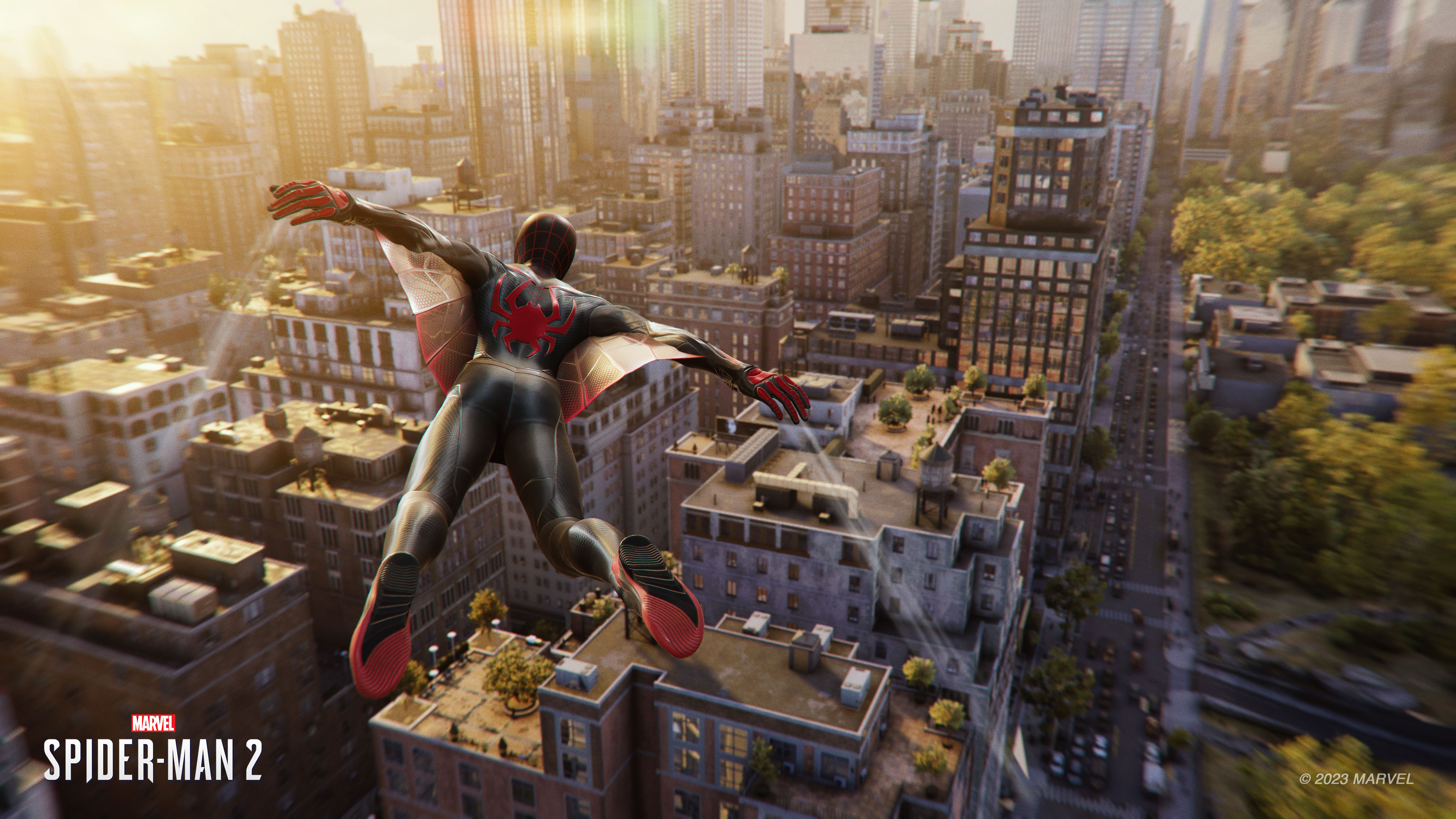
At a more macro level, the Spider-Man 2 opening is just another in a long line of first-party PlayStation games to really kick things off on the right foot. God of War has been doing it since the PS2, with 2018’s reboot providing an incredible thesis statement to its new world, new characters, new Kratos, and single unbroken shot aesthetic. Naughty Dog has mastered this with the thrill of waking up on a dangling train in Uncharted 2, Sara’s tragic story in The Last of Us Part I, and the heartbreaking rendition of “Future Days” by Joel to Ellie in Part II. And Sucker Punch delivered one of my favorite title card drops in recent memory as I rode through a moonlit field on horseback in Ghost of Tsushima.
Some people bemoan that Sony’s marquee games all have a homogenized look and feel to them. Yes, they’re all third-person and often rely on cinematic techniques for their major story beats. But I see this less as homogenization, and more of a standard of quality. Think of the way HBO’s Sunday night time slots would always go to the series that they wanted the most eyes on at a given moment. From decades ago with shows like The Sopranos, The Wire, and Six Feet Under, to modern masterpieces like Chernobyl, Succession, The Leftovers, Game of Thrones, and yes, The Last of Us. These series were all poured into similar hour-long HBO-shaped containers, but the only thing their contents share is that same baseline level of quality, much like Sony’s games.
I’ve put another 10 hours into Marvel’s Spider-Man 2 since that opening, and have been loving my time in it so far. I’ve been hit by a ton of other moments ranging from bombastic to somber that I’ve loved, but none have done as impressive a job of spinning so many plates quite like this excellent introduction.

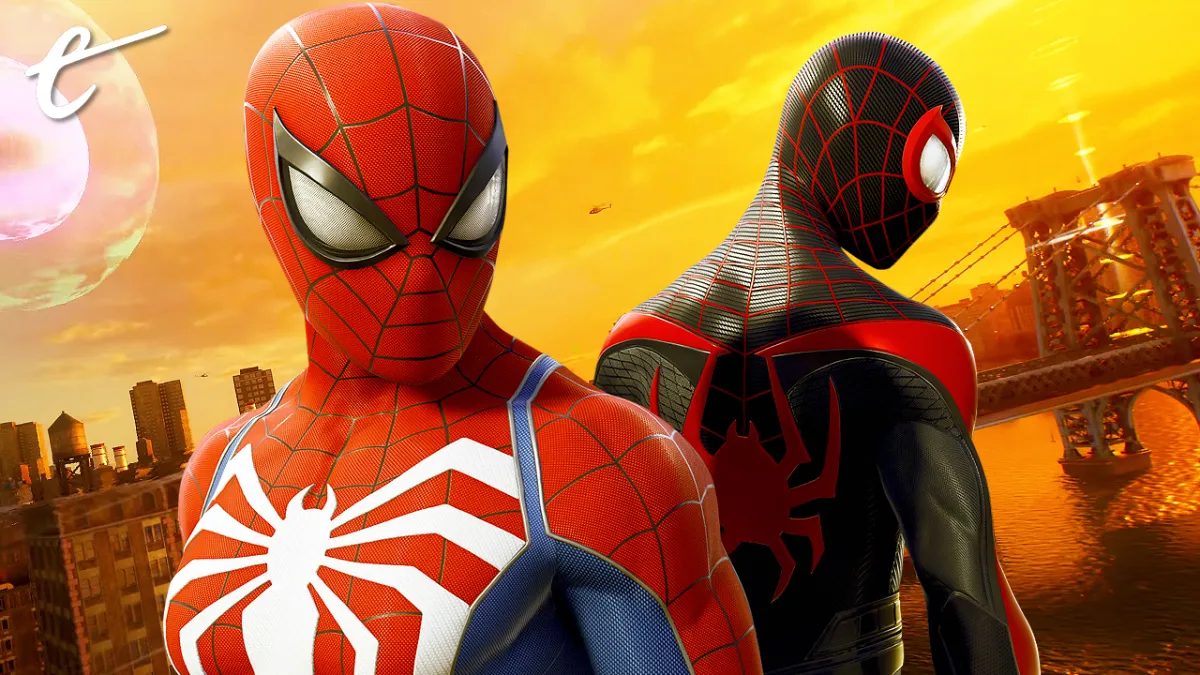
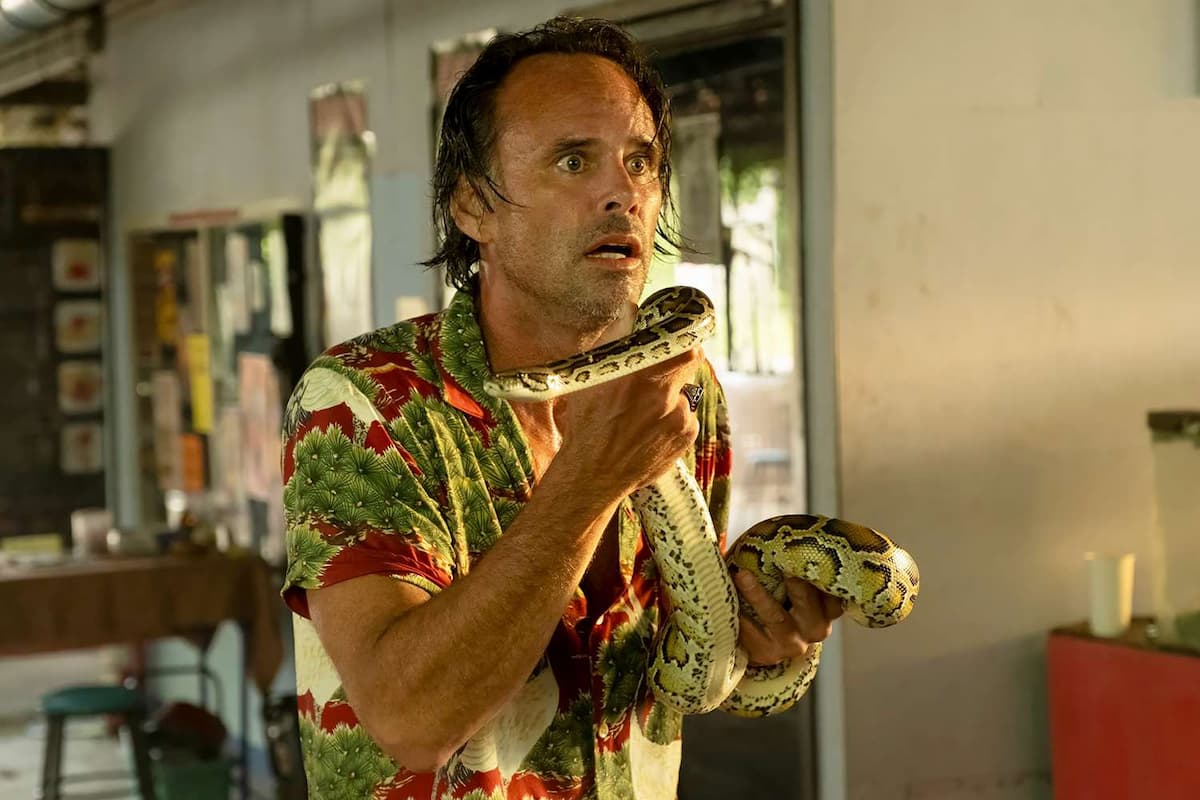


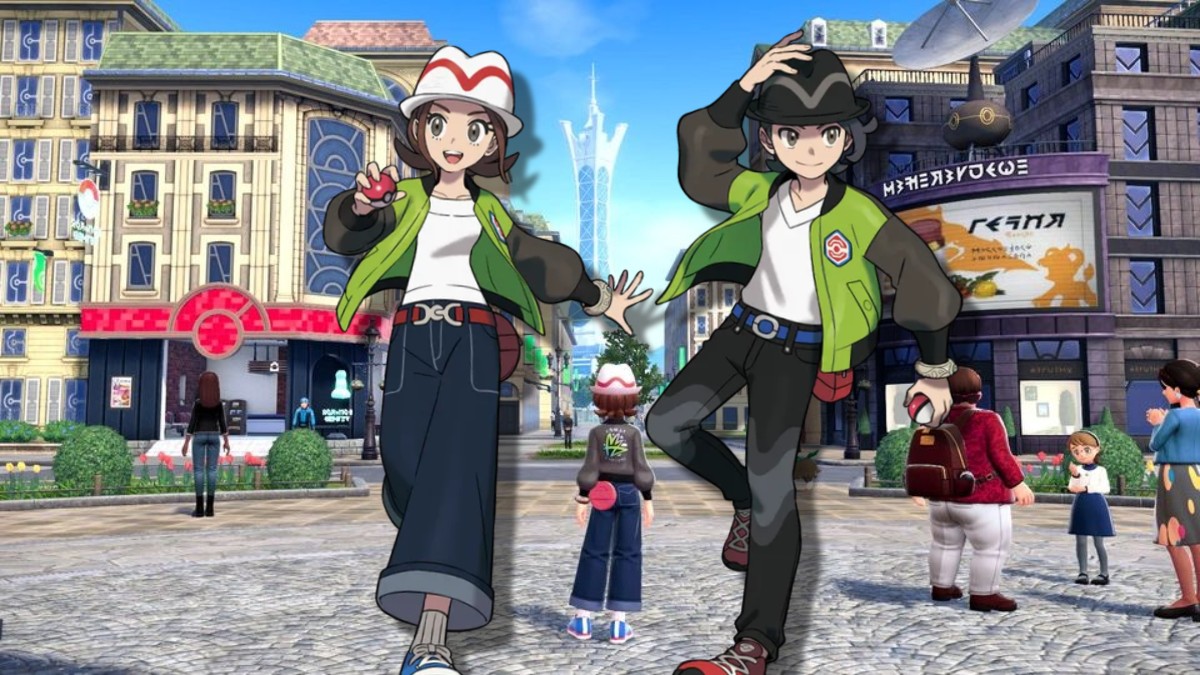

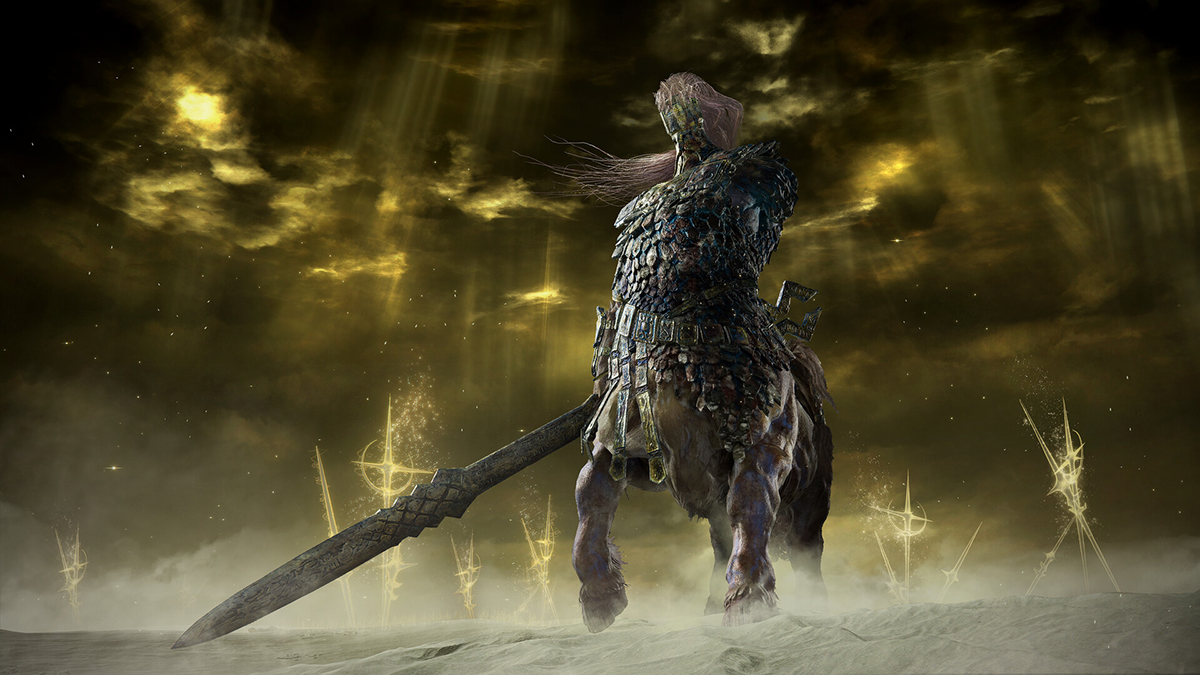






Published: Oct 22, 2023 5:32 PM UTC